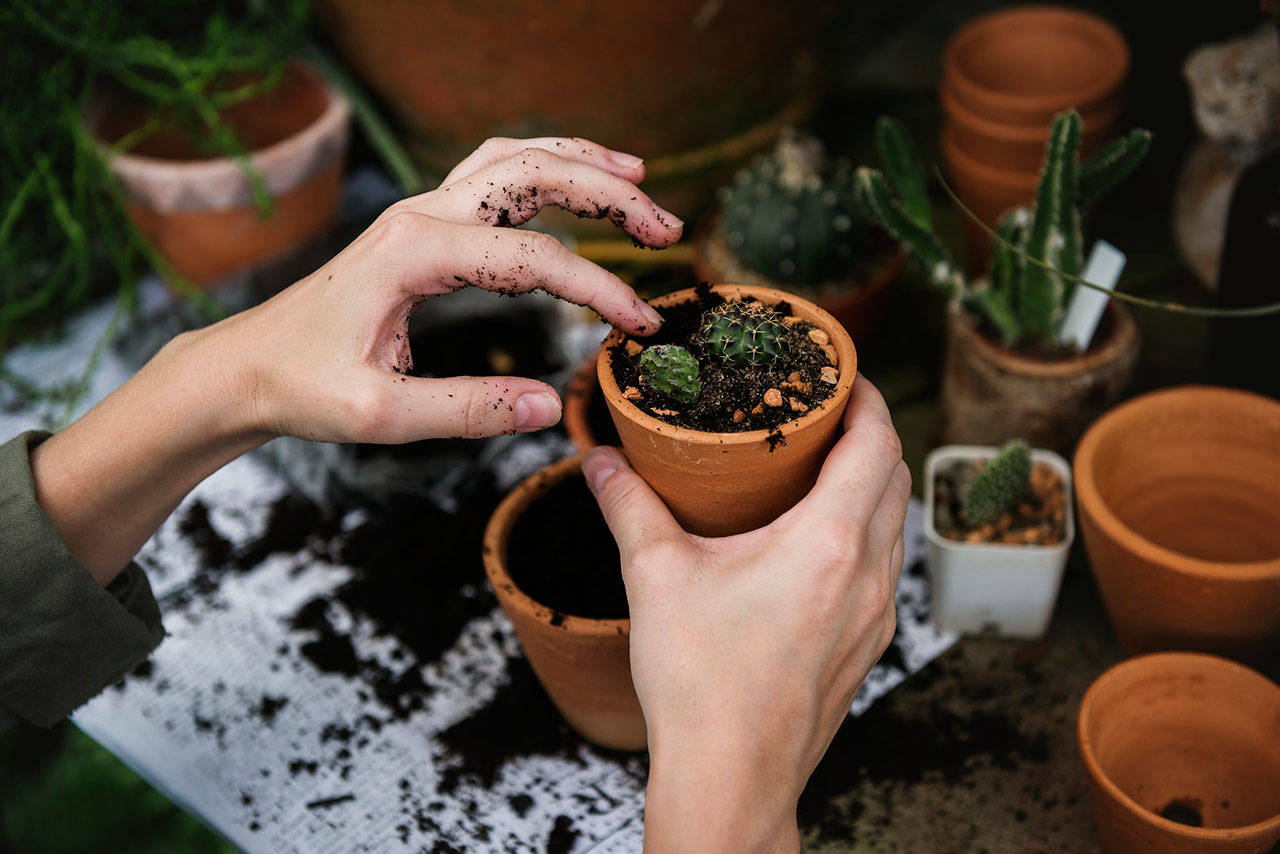A canal cleared of hundreds of thousands of gallons of raw sewage, desert areas turned into pomegranate orchards, living buildings that are entirely self-sufficient; sounds miraculous, but all are being done, using the concept of permaculture.
“It is the promise of reviving a damaged planet,” said landscaper Keith Keyser, during his talk on permaculture at the Grange on Wednesday, July 25. The free event, sponsored by the San Juan Island Grange 966, began with a potluck and meet-and-greet. The talk began at 7 p.m.
Keyser was first drawn to permaculture as a student at Evergreen State University after enrolling in an organic gardening class. Currently, he runs his own landscaping company. He mostly works on maintenance, but loves consulting work, he said, especially in regard to permaculture.
The term permaculture means permanent agriculture, but the term goes beyond gardening, embodying an entire way of living that mimics nature. Solar panels and rainwater catchment systems, organic gardening, reusing and recycling are all facets in the holistic permaculture system, Keyser explained.
Like the natural world, permaculture principles are based on utilizing all the benefits of a particular item. The roof, for example, Keyser explained, of a permaculture house could be used to place solar panels, collect rainwater and to grow heat-loving plants such as squash. The squash would provide food, as well as keep the house cool during summer months.
Locally, the San Juan Home Trust has integrated this concept. Roofs of the trust’s neighborhood Sunrise, located on Hunt Street, Keyser said, keep the occupants dry and collect water stored in tanks for laundry. Also, solar hot water tubes heat water stored in a hot water tank in each unit. In addition, Sunrise uses a living machine sewage system, which uses plants and bacteria to efficiently treat and reuse wastewater.
Again mimicking nature, another permaculture principle is using plants integral and symbiotic relationships with each other.
“We take alders for granted. They are amazing workhorses,” Keyser said. Not only do alders leaves decompose quickly, but the trees attract nitrogen-fixing bacteria. This combination makes soil viable for larger trees like hemlocks and cedars.
Another illustration of this concept is planting the three sisters; corn, beans and squash together. Corn provides the pole for the beans to climb, beans are nitrogen fixers, benefiting the soil for its two sisters, and squash shade the soil, Keyser explained.
He also discussed how planting insect repellents like dill, fennel and bee balm under apple trees and mulch plants like artichokes can increase apple yields and create a healthier tree.
“You have all these things going on underneath the tree that benefits its health,” Keyser said.
He went on to show several short videos about some of permaculture’s past and current leaders. Michael Reynolds, architect and author of “Earthships,” in one clip, gave a tour of his biotech houses he calls Earthships, made in part from reused materials like bottles and tires. These buildings are designed complete with solar panels and rain catchment systems and can be found all over the world.
Photos of the restoration of the Baima Canal in Fuzhou, China illustrated John Todd’s work to clean up the waterway that once pumped 750,000 gallons of untreated sewage through the city. Todd planted over 12,000 plants, built a walkway and introduced fish into the canal that eats solid waste so that today the water is clear, odors reduced if not gone, and has become a prize project for the community.
Keyser also aired a short clip “Greening the Desert” with permaculture consultant and designer Geoff Lawton. Lawton has been using permaculture techniques to revitalize areas of Jordan. In just a few years he was able to bring back native plants such as figs and pomegranates to the amazement of local Jordanians.
“You can solve all the world’s problems in a garden,” Lawton said in the video. “You can solve all your pollution problems in a garden.”




